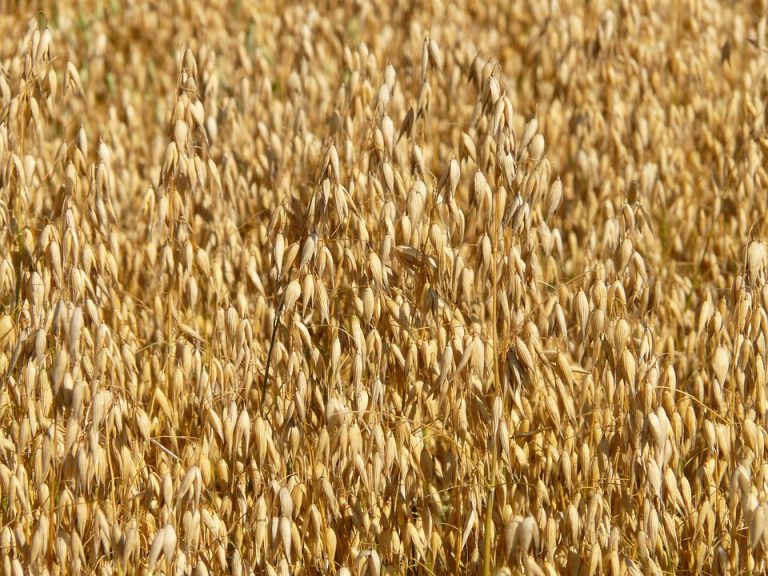
Gardening takes work long before you plant your first seed. The digging and soil layering, the mulching and weeding ― but gardeners will put up with nearly anything for the sake of that one ripe tomato (or kale leaf or rutabaga). Unfortunately, too often, all that hard work results in a dismal harvest: puny veggies barely fit for soup. It feels like a waste of time and energy, and it disheartens many home growers.
Fortunately, there is a shortcut to colossal veggies that farmers around the world will gladly share: Greenhouses. Greenhouses provide several benefits to all growers, regardless of crop or volume, but the most significant boon is the size of the produce they create. Here’s why greenhouse-grown veggies are so unbelievably big.
The Advantages of Greenhouse Growing
The world is a dangerous place for a plant. Not only are there all sorts of animals ― bugs, birds, rodents, and worse ― trying to nibble and gnaw away your most precious plant parts, but even those things you rely on most ― the soil, the sun, water, the air ― can turn on you in a matter of days. You can get scorched in too much sun and parched by thirst, or you can suffer in the shade and drown in water. Your roots can disintegrate in soil to alkaline or acidic, and you can be blown end-over-end by a particularly strong breeze. Even non-natural stimuli, like litter and air pollution are threats for today’s plant life. It seems nearly anything can kill a plant.
 When plants grow in hazardous environments, they must devote a significant portion of their energy to strength and survival: spindly, searching roots; tough, sturdy stalks; plentiful and scrawny leaves; etc. However, when threats don’t exist, plants can devote more of that energy to growing in ways that benefit people. In greenhouses, spinach plants grow broad, supple leaves, cucumbers and tomatoes grow fat and heavy, and root vegetables grow bright and bulbous beneath the soil.
When plants grow in hazardous environments, they must devote a significant portion of their energy to strength and survival: spindly, searching roots; tough, sturdy stalks; plentiful and scrawny leaves; etc. However, when threats don’t exist, plants can devote more of that energy to growing in ways that benefit people. In greenhouses, spinach plants grow broad, supple leaves, cucumbers and tomatoes grow fat and heavy, and root vegetables grow bright and bulbous beneath the soil.
In a greenhouse, almost all the dangers of the world disappear. Greenhouses offer growers near-complete control over any aspect that impacts a plant’s environment. Shades, air conditioning and heating units, sprinkler systems, and more can be optimized for plant health, ensuring your vegetables have the best possible chance at life. Regardless of the weather outside ― whether your region is in the depths of a winter blizzard or mired in summer monsoons ― your plants will be cozy and comfortable. You can ensure they have all the nutrients they need, so they can become the large, luscious crops you so desperately desire.
The Best Veggies for Greenhouses
Nearly any fruit, vegetable, or other crop can benefit from greenhouse growing, but there are more than a few plants that are especially delicate and require extremely controlled growing conditions. Typically, fruits are the go-to greenhouse crop ― since they grow best in the warm, moist conditions greenhouses are famous for ― but there are all sorts of veggies that have a better chance at life when grown in an enclosed, monitored space.
If you are planning on setting up your first greenhouse, here are the veggie you should consider planting inside:
- Leafy greens. It’s hard to imagine a field of leafy greens without a few rabbits, voles, or rats nibbling on the crop. Greenhouses keep pests away from valuable and delicate salad greens. Instead of planting plain-old lettuce, you might try more colorful or healthful varieties like rainbow chard or kale.
- Herbs. A kitchen-window herb garden sounds cute and romantic, but rarely does a small pot of basil contain enough leaves to suit a single recipe. Though few pests bother fragrant plants, herbs are often finicky, requiring specific soil and watering. In your greenhouse, you should seriously consider growing coriander and cilantro.
- Tomatoes and peppers. Though inarguably fruits ― not veggies ― these crops tend to be more manageable than other fruiting plants, especially if you use a greenhouse. Both tomatoes and peppers come in dozens of varieties, and by controlling the environment, you can finally determine which type you like best.
- Legumes. Legumes are undergoing a bit of a revival; as vegetarianism spreads, beans are becoming hip. Green beans are touted as a no-fail crop, but other types of legumes, such as lentils and peanuts, require growing conditions you might find easier to replicate indoors. However, even green beans can grow bigger and tastier in a greenhouse.





Leave a Comment